By George, he really did sleep around in Bucks County during the Revolution.
There’s a display case of George S. Kaufman memorabilia in the living room of the Barley Sheaf Farm and Inn in Buckingham. The Pulitzer Prize-winning playwright once owned the farm 10 miles from where George Washington made his famous crossing of the Delaware. The location gave Mr. K. and collaborative neighbor Moss Hart an idea for a comedy: Bill and Connie Fuller are evicted from their Manhattan apartment because of their dog. So Bill buys a woefully dilapidated farmhouse where expensive renovations have hilarious consequences. With the couple facing foreclosure, the dog digs up an old boot containing a letter written by George Washington – proof he lived in the house during the Revolution. The letter earns lots of cash, rescuing the Fullers.
“George Washington Slept Here” was a sensation on Broadway and at the movies in the 1940s. Recently I channeled Kaufman, wondering where Washington REALLY slept like a baby in Bucks. An acquaintance wished me luck. “Washington slept everywhere,” she winked. “That’s why he’s called the father of our country.
I found my answers at the David Library of the American Revolution in Upper Makefield. Thanks to librarian Kathy Ludwig, I soon was on the road to six places where Washington actually slept. Drum roll, please.
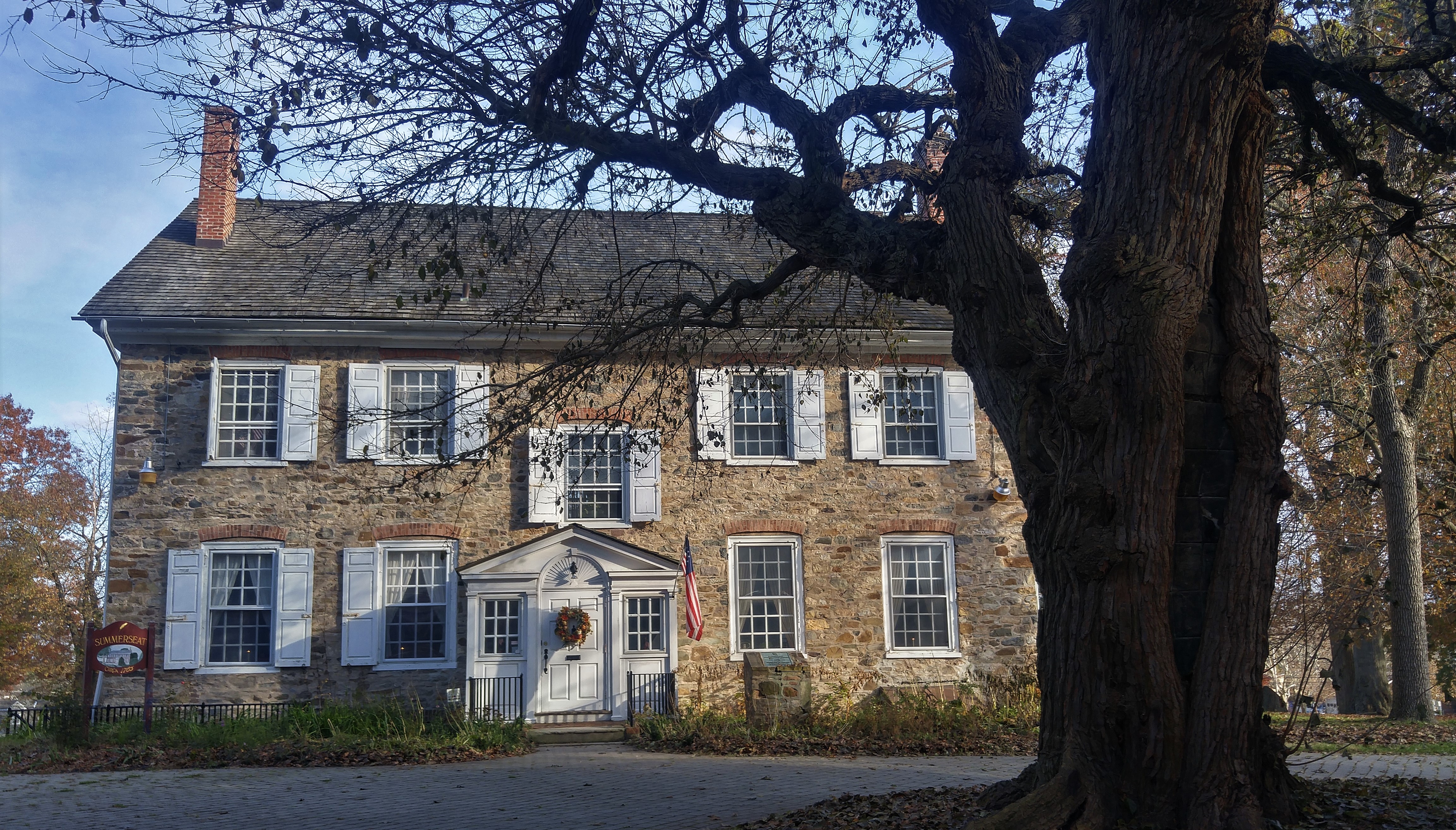 1. Summerseat, Hillcrest Avenue, Morrisville, Dec. 8-14, 1776: The commander-in-chief was in a foul mood on arrival at Thomas Barclay’s home. Defeats in New York and New Jersey, the surrender of two forts, the occupation of Manhattan and the capture of Washington’s top major general rankled him. The Continental Army momentarily found safety in Bucks where it stood guard along the Delaware River from New Hope to Bensalem. Fortunately, British Gen. William Howe didn’t press his advantage. With winter coming on, he retreated to New York, leaving Hessian mercenaries in charge at Trenton. That decision was an epiphany for Washington.
1. Summerseat, Hillcrest Avenue, Morrisville, Dec. 8-14, 1776: The commander-in-chief was in a foul mood on arrival at Thomas Barclay’s home. Defeats in New York and New Jersey, the surrender of two forts, the occupation of Manhattan and the capture of Washington’s top major general rankled him. The Continental Army momentarily found safety in Bucks where it stood guard along the Delaware River from New Hope to Bensalem. Fortunately, British Gen. William Howe didn’t press his advantage. With winter coming on, he retreated to New York, leaving Hessian mercenaries in charge at Trenton. That decision was an epiphany for Washington.
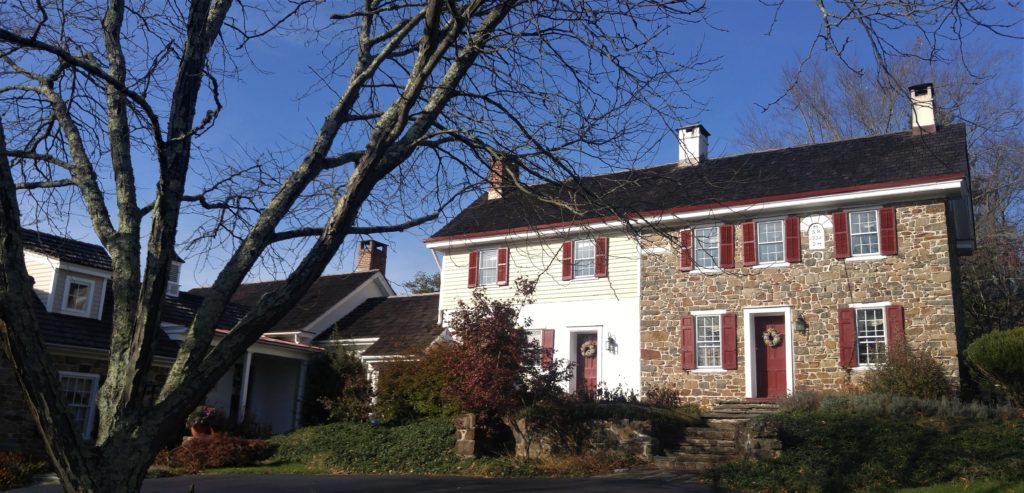
2. William Keath’s house, Eagle Road, Upper Makefield, Dec. 15-24: The commander relocated upriver to this home south of Jericho Mountain. There he formulated a daring plan: use a fleet of river boats and barges from local patriots to cross the river in a four-pronged attack on Trenton from today’s New Hope, Washington Crossing, Morrisville and Dunk’s Ferry Road in Bensalem. Nosey homeowner Keath kept asking, “Whuz up?” Fearing a leak, Washington relocated.
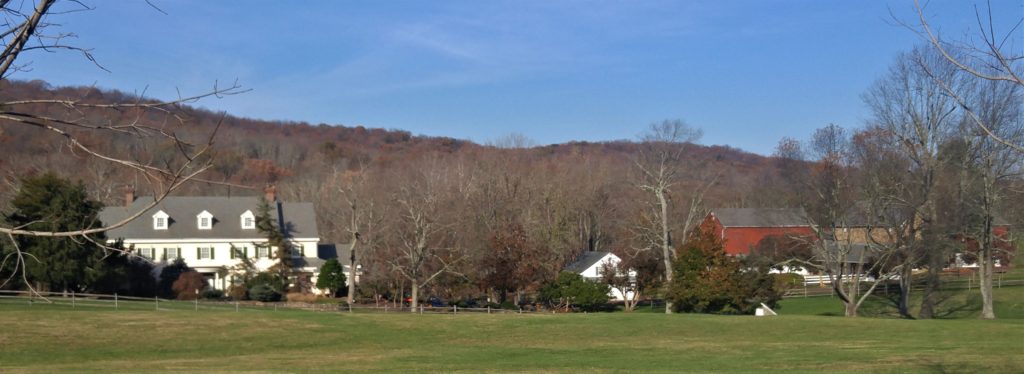
3. Sam Merrick’s house, Pineville Road, Upper Makefield, Dec. 24-25: The move ensured Keath couldn’t eavesdrop. To double down, Washington sent the Merrick household away except for daughter Hannah who served meals to the command staff. Finally on Christmas night, Washington and the entire army made their move on Trenton.
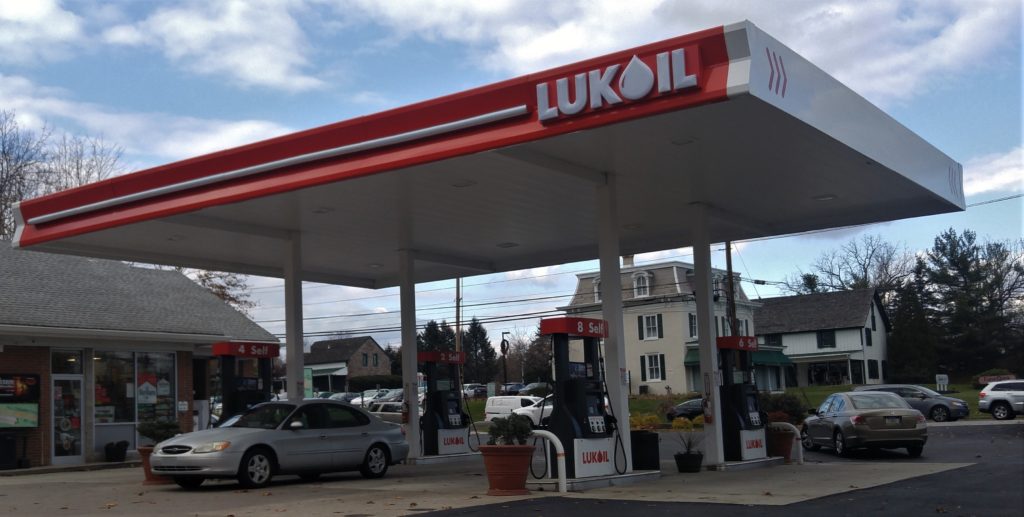
4. Widow Hannah Harris’ house, Sycamore Street, Newtown, Dec. 27-29: Here the general wrote Congress of his victory. Learning Howe was on the march to re-occupy Trenton, Washington led his army back to the city where it triumphed at the Second Battle of Trenton on Jan. 2 and Battle of Princeton the next day. Widow Harris’ home eventually was torn down, rebuilt and ultimately demolished in 1964 – for today’s gas station!.
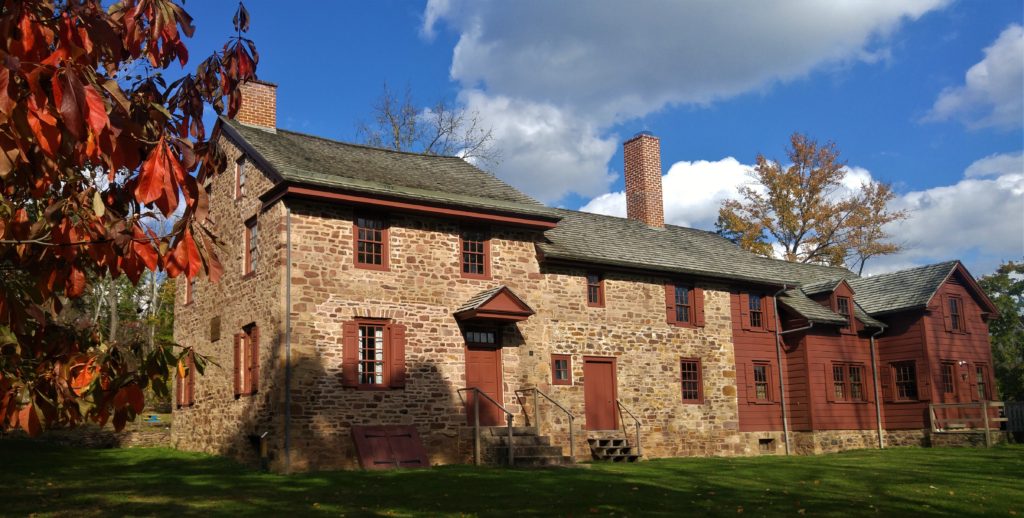
5. Widow Hannah Moland’s House, Old York Road, Warwick, Aug. 10-23, 1777: Washington holed up here to await Howe’s next move. In the summer heat, morale sagged among 11,000 idle Continental soldiers. Rations of “spiritous liquors” helped. Washington was a neatnik and issued bars of soap to each man. He bathed daily in Neshaminy Creek where he washed his clothes and urged others to do likewise. The creek became a frothy bubble bath. When news arrived that Howe’s army sailed from New York to march on Philly from the south, Washington saddled up, unfurled the Stars and Stripes for the first time and moved out with his army at 4 a.m. on Aug. 23. A few weeks later he lost the Battle of Brandywine and retreated to Valley Forge. The British occupied Philadelphia.
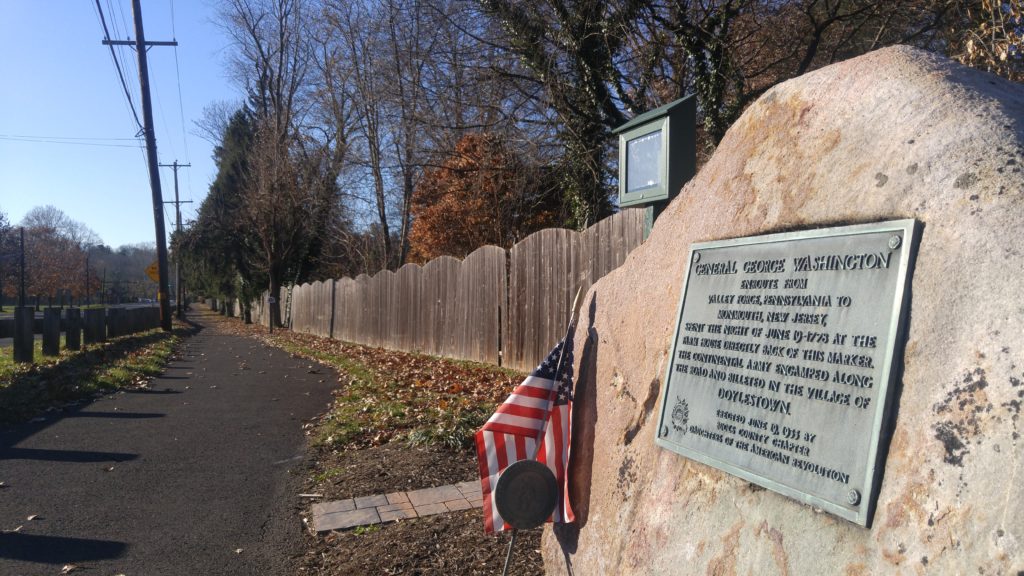
6. The Jonathan Fell House, State Street, Doylestown, June 20, 1778: After six months in Valley Forge, this was an overnight respite for the general in the march north with his artillery. Eight days later, the Continentals defeated British forces evacuating Philadelphia at the Battle of Monmouth, N.J. The Revolution had turned in Washington’s favor. As for the Fell house, a stone marker designates where it once stood, a victim of urbanization.
It’s worth remembering Bucks didn’t always welcome saddle-sore George. There were many Crown loyalists living about. Take the story told at Solebury’s Black Bass Inn, River Road, Lumberville. After an arduous day, His Excellency came knocking in need of a room with a Sealy Posturepedic and a Jacuzzi. Perhaps it was the powdered wig that tipped the Tory owner. Just when Washington was reaching for his Capital One credit card, the inn keeper slammed the door in his face. Oh, well.
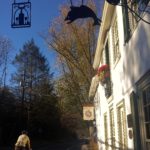
###
Sources for this column include “General Washington’s Headquarters, 1775-1783″ by Dorothy Troth Muir published in 1977; “Itinerary of General Washington June 15, 1775 to December 23, 1783″ by William S. Baker published in 1892; and “Headquarters Farm at the Crossroads” by the Warwick Township Historical Society published in 1999.
Carl LaVO, a retired Bucks County Courier Times editor, can be reached at carllavo@msn.com. Signed copies of his coffee table book“Bucks County Adventures” are available at the Newtown Bookshop and the Doylestown Bookshop, or can be ordered online at www.buckscountyadventures.org

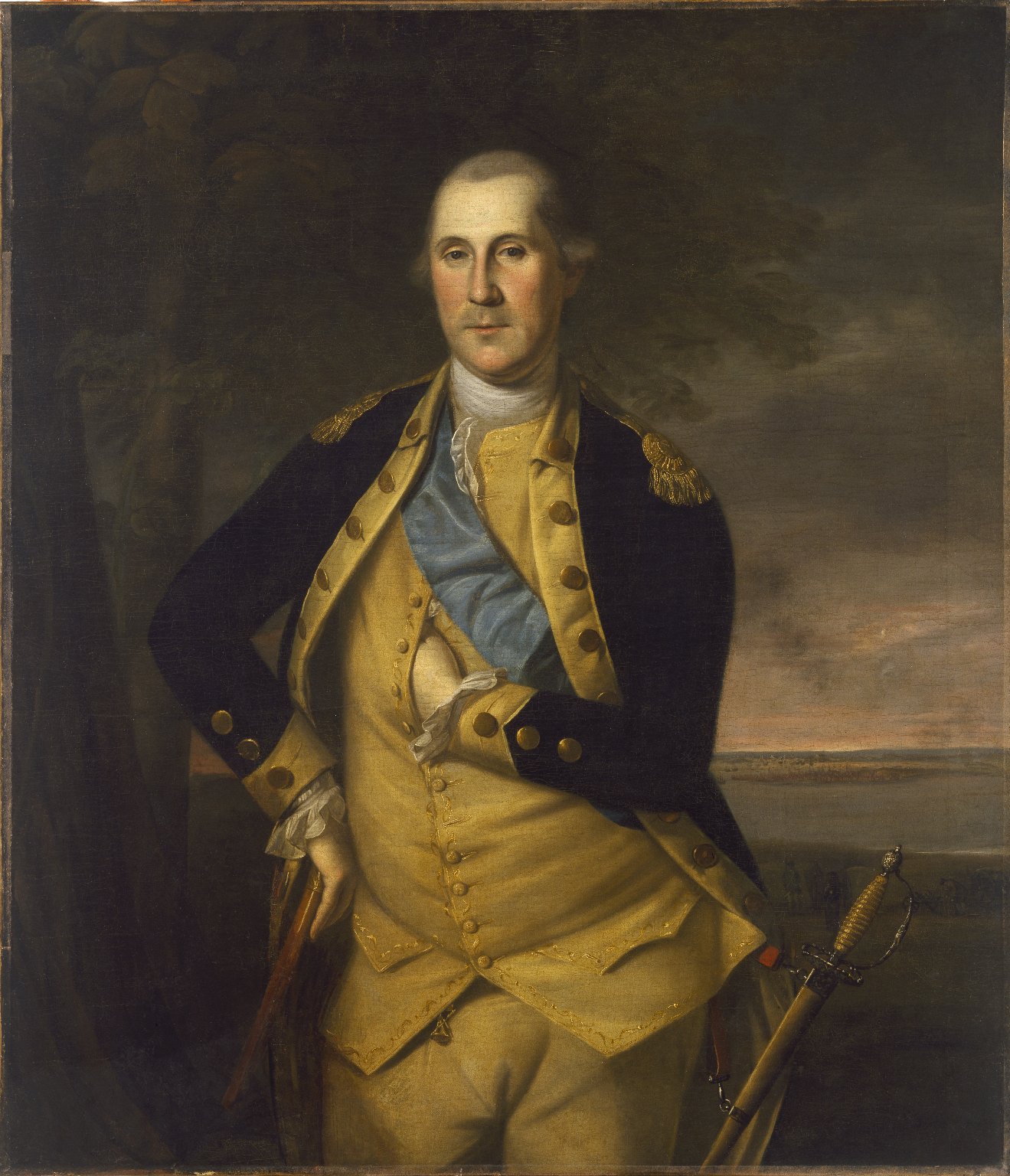
If the inn keeper at the Black Bass slammed the door in his excellency’s face, he would have been whipped, or worse.
Terrific p
It’s the widow Cathrine Moland in Hartsville pa. Cathrine was John Moland’s wife.